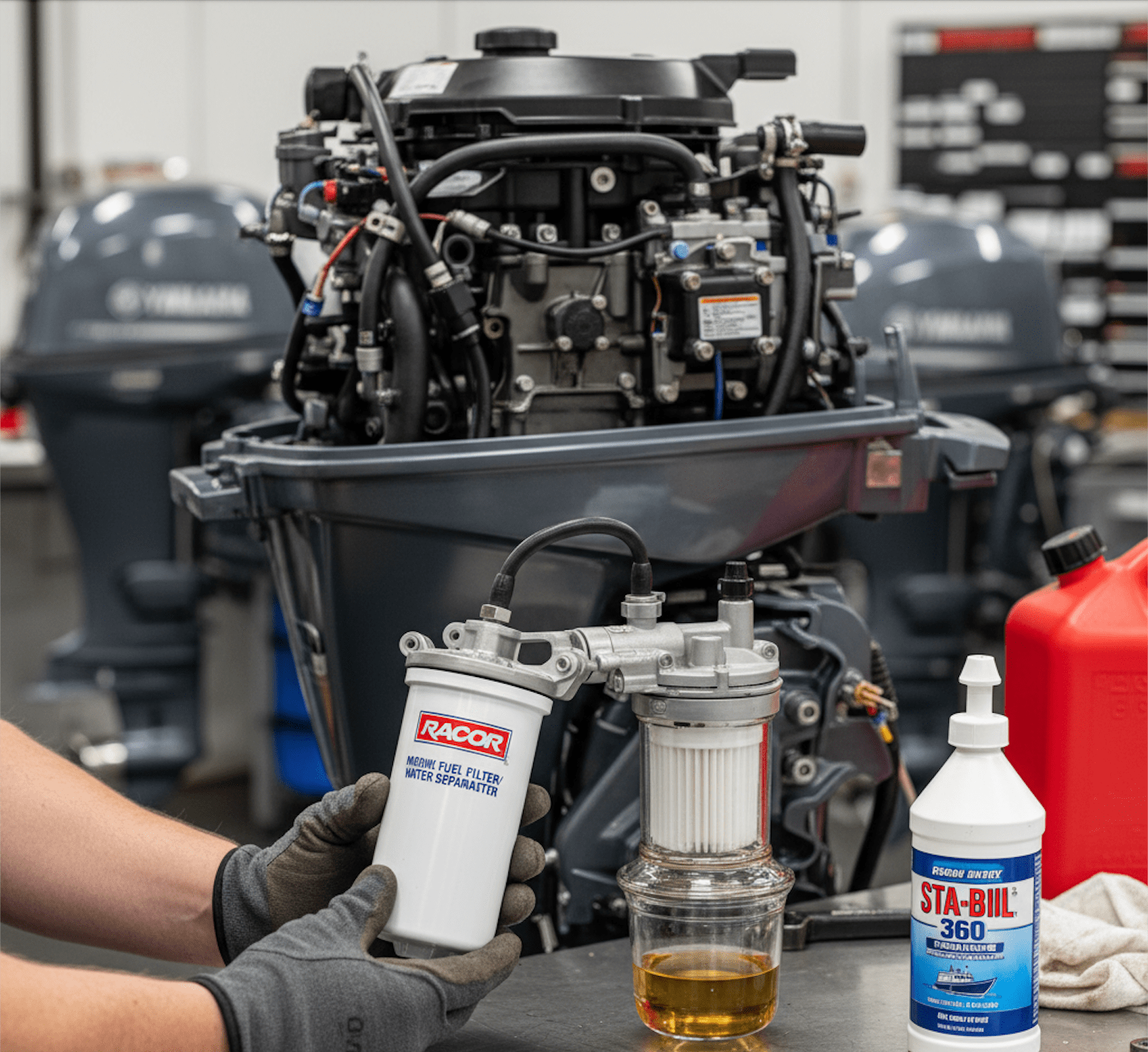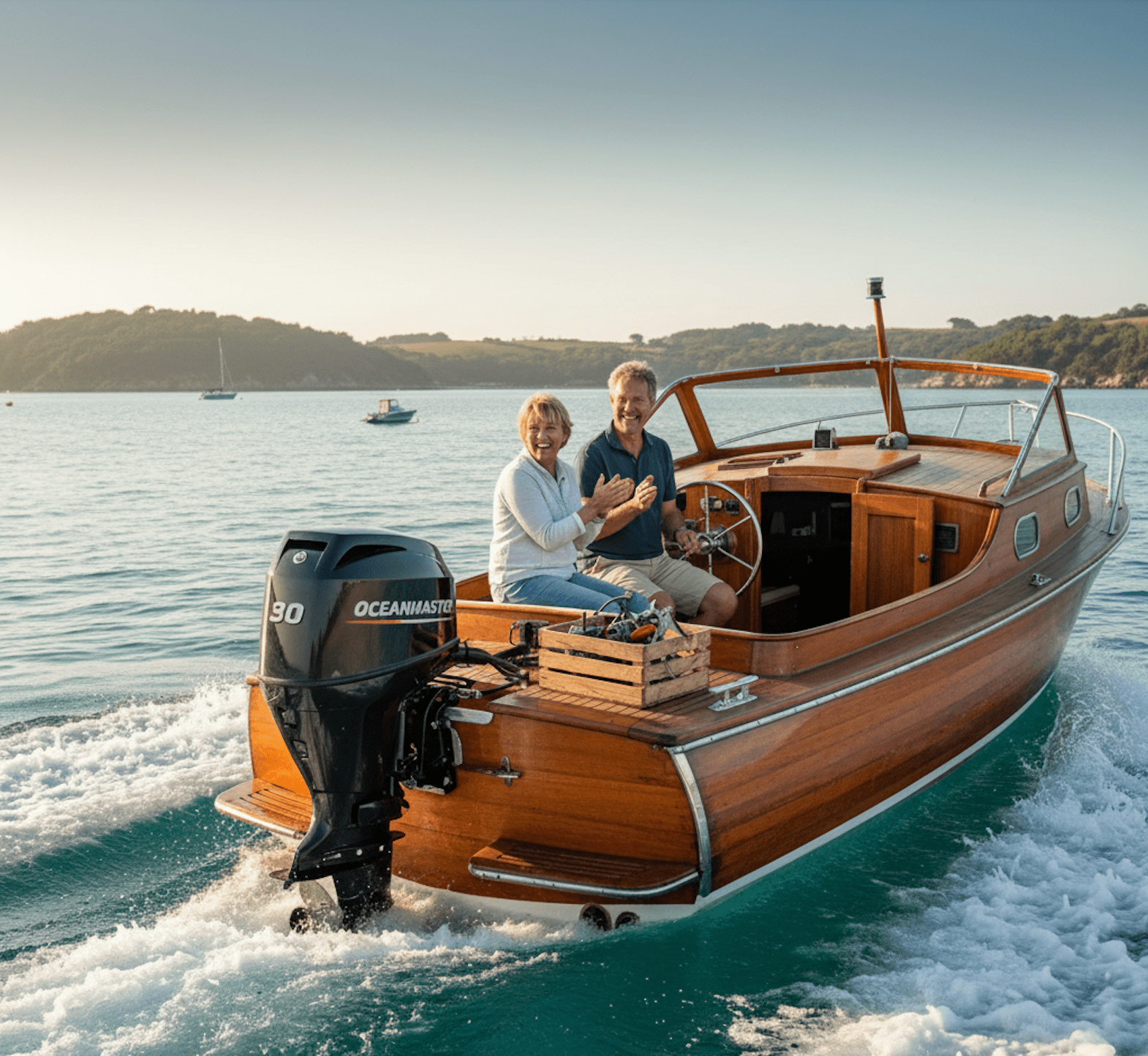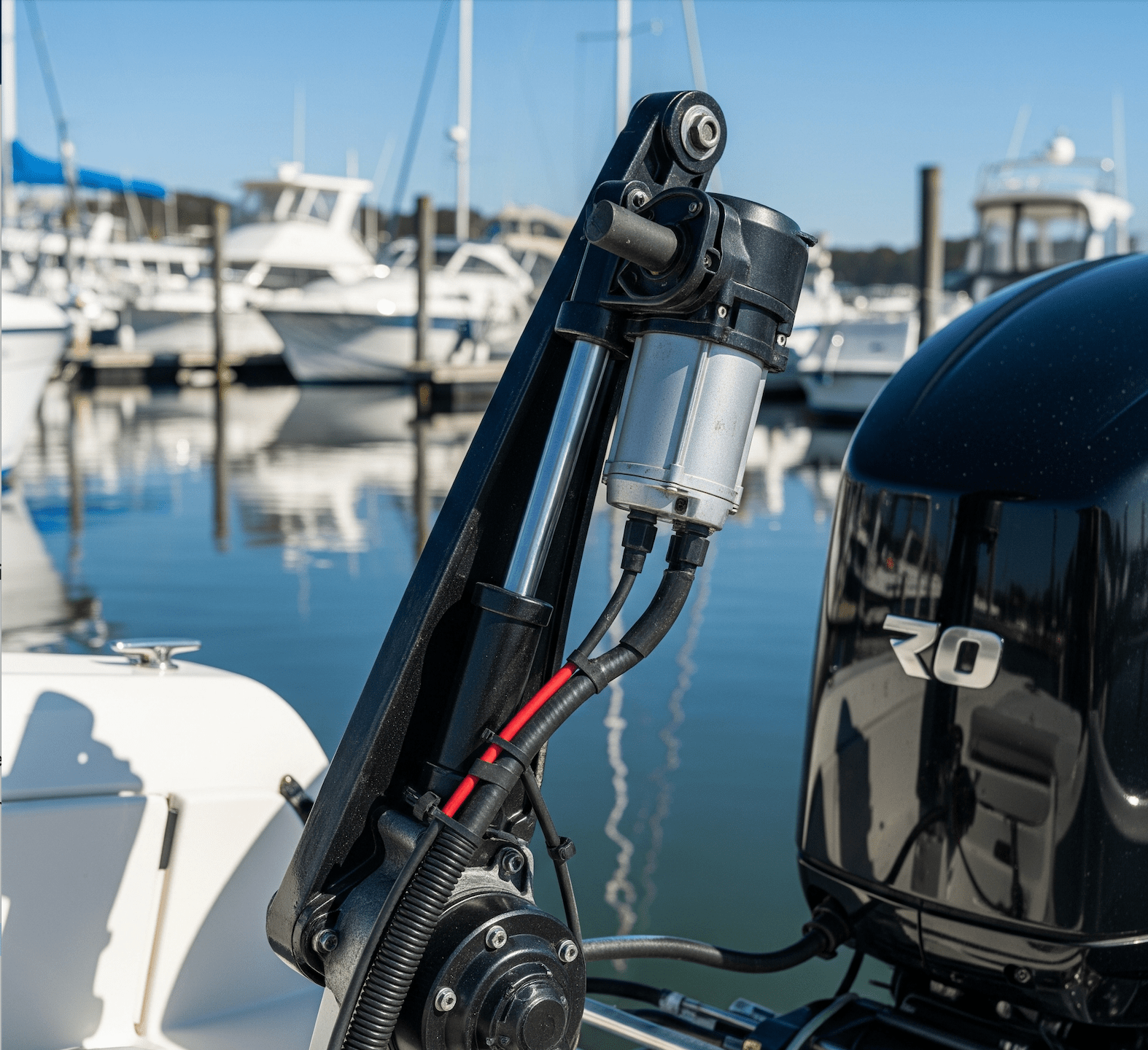Outboard motors are the workhorses of the boating world, but like any engine, they can experience problems. Knowing how to diagnose and address common issues can save you time, money, and a lot of frustration on the water. This guide covers some of the most frequent outboard motor problems and how to troubleshoot them.
Difficulty Starting
A common headache for boaters is an outboard that refuses to start. Here's a breakdown of potential causes and how to tackle them:
- Fuel Issues:
- Empty Tank or Old Fuel: Make sure you have fresh fuel in the tank. Old fuel, especially ethanol-based, can go stale and cause starting problems. Consider using a fuel stabilizer.
- Fuel Line Problems: Check for kinks, pinches, or leaks in the fuel line. Ensure the fuel line is properly connected. Pump the primer bulb until firm. If it doesn't get firm, check for leaks in the line, tank, or filter.
- Fuel Filter: A clogged fuel filter can restrict fuel flow. Replace it if it's dirty.
- Fuel Valve: Ensure the fuel valve is open.
- Air Vent: Make sure the air vent on the fuel tank is open.
- Carburetor Issues: A dirty or clogged carburetor can prevent the engine from starting. Consider cleaning it with a carburetor cleaner or having it professionally cleaned.
- Spark Issues:
- Spark Plugs: Check the spark plugs for fouling, damage, or improper gaps. Clean or replace them as needed. Always carry spare spark plugs.
- Spark Plug Wires: Ensure the spark plug wires are properly connected and in good condition.
- Battery Issues:
- Dead or Weak Battery: Check the battery voltage with a voltmeter. Charge or replace the battery if necessary.
- Battery Connections: Ensure the battery cables are clean, tight, and free from corrosion.
- Kill Switch: Make sure the kill switch is properly connected. The engine won't start if it's disconnected.
- Starting Sequence/Safety Features:
- Neutral Position: Ensure the engine is in neutral. Most outboards won't start if they're in gear.
- Flooded Engine: If you've tried starting the engine repeatedly, it might be flooded. Disconnect the fuel line, open the throttle fully, and pull the cord several times. Wait 10 minutes, then try starting again without the choke.
- Other Potential Issues:
- Ignition System: Problems with the ignition coil or other ignition components can prevent starting.
- Compression: Low compression can indicate serious engine problems.
- Exhaust Blockage: Check for any obstructions in the exhaust outlets.
Overheating
An overheating outboard can cause significant damage. Here's how to identify and address this issue:
- Signs of Overheating:
- Steam or smoke coming from the motor.
- Hot water or no water coming from the engine's water output.
- Overheat alarm or warning light.
- Decreased engine power.
- Increased engine start time.
- Causes of Overheating:
- Cooling System Issues:
- Blocked Water Intake: Check for debris, weeds, plastic bags, or marine growth blocking the water intake.
- Failed Water Pump/Impeller: Inspect the water pump and impeller for damage or wear. Replace the impeller annually or as recommended.
- Clogged Cooling Passages: Flush the engine to remove salt buildup or debris.
- Low Coolant Levels: (For closed cooling systems) Check and maintain proper coolant levels.
- Faulty Thermostat: A malfunctioning thermostat can restrict water flow.
- Exhaust Restrictions: Blocked exhaust passages can trap heat.
- Propeller Issues: A damaged or incorrect propeller can put extra strain on the engine.
- Fuel Mixture: An excessively rich fuel mixture can increase engine temperature.
- Cooling System Issues:
- Troubleshooting Overheating:
- Stop the Engine: If you suspect overheating, immediately turn off the engine to prevent damage.
- Check Water Intake: Ensure the water intake is clear.
- Inspect Water Output: Verify a steady stream of water is coming from the engine.
- Check Water Pump/Impeller: Inspect and replace if necessary.
- Flush the Engine: Flush the cooling system with fresh water.
- Check Thermostat: Replace if faulty.
- Inspect Exhaust System: Ensure the exhaust passages are clear.
Unusual Noises
Strange noises from your outboard can signal a variety of problems. Here's what to listen for:
- Types of Noises and Potential Causes:
- Gravelly Noise: Could indicate worn bearings in components like the alternator or water pump.
- Knocking or Clanking: May indicate problems with internal engine components like pistons or bearings.
- Squealing: Could be a loose belt or a failing component like the alternator or water pump.
- Whining: Can be caused by worn or damaged parts in the lower unit.
- Clicking or Rattling: May also indicate worn parts in the lower unit.
- Grinding: Often associated with damaged gears in the lower unit.
- Troubleshooting Noises:
- Identify the Source: Try to pinpoint where the noise is coming from (e.g., lower unit, engine).
- Check the Propeller: Inspect for damage or imbalance.
- Inspect the Lower Unit: Check for leaks, damaged gears, and worn bearings.
- Listen to Components: Use a stethoscope or screwdriver to listen to individual components like pumps and the alternator.
- Check Belts: Look for looseness or damage.
- Engine Tune-up: Consider a tune-up to address potential internal engine issues.
Important Note: If you're not comfortable working on your outboard, it's always best to consult a qualified marine mechanic.
Subscribe to our newsletter and receive a selection of cool articles every weeks.







